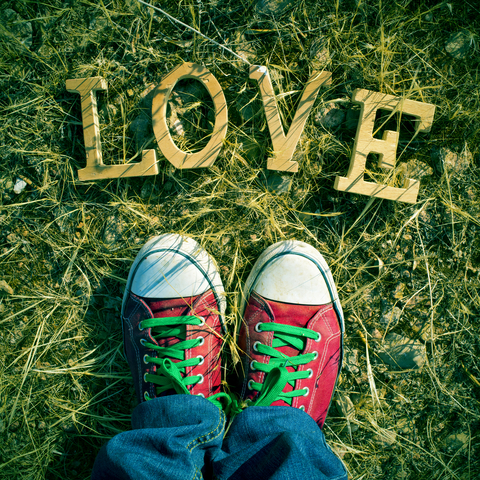
After my mom passed away, I wondered: Can I still love her? After all, doesn’t love imply some type of action?
Well, that depends. Is love a verb?
As a child, I loved my mom by doing my chores, being a good girl, and doing my best to get along with my siblings. As an adult, I loved her through our conversations, trips to the mall when she didn’t want to go alone, and daily visits when she was ill.
No what can I do?
Thinking about this led me to consider the question no one can really answer: What is love? The word is probably the most over-used, misused, and possibly meaningless word in our lexicon.
Here are just a few of the ways I’ve seen the word love used:
Love is the opposite of fear.
God is love.
Love is a decision.
Love is extending oneself to nurturing one’s own or another person’s spiritual growth.
If you love someone, set them free.
Love is never having to say you’re sorry.
I’m in love with my husband.
I love coffee.
I love cats.
To love another person is to see the face of God.
Love hurts.
All you need is love.
Be love now.
Looking back over the list, I can see that some of the statements involve action (extending one’s self, deciding, setting someone free) while others are more states of being (God is love, or love is the opposite of fear). Still others involve feeling good in some way (about cats or drinking coffee). In one case, it even feels bad (love hurts).
So, what is love?
Part of the problem in defining love comes from the fact that it’s not a concrete thing. I can’t define love—or describe it even—the way I can tell you about a tree or a candle flame.
Is love an emotion? Is it a behavior? Is it a state of mind?
Maybe we need more than one word for love. Or maybe we should forget about the word entirely. We do have more than one adjective to use with it, as in agape love, romantic love, Divine love, etc. In each of these cases, though, we assume the word love refers to the same thing.
Another Definition of Love
A definition of love that works well for me is love is the driving force that propels beings toward union with their source. So, for me, God is love, be love now, and love is the opposite of fear are the most useful descriptions. If I live in union with God, I become love, and I am no longer afraid.
My behavior can change based on my ability to experience love. I can make decisions or extend myself or enjoy someone or something once I’m in tune with my true, higher Self.
For a while, I had no idea why anyone would make a statement like “love is never having to say you’re sorry.” Then I realized the beloved, not the lover, was the one who needn’t apologize. Love means forgiving our loved ones when they act in ways that are not so loving.
Love is Beyond Words
Love, like God really cannot be defined. No one knows for sure what it is, but most of us believe to some extent that it exists and that it matters.
Maybe there are as many ways to love as there are ways to describe it. Rather than settling on a single definition of love, I think I’ll just work on getting better at it.










